A portrait of Penelope Gwatkin, wife of Major-General Edward Gwatkin, by the artist Raja Jivan Ram
North India, probably Delhi or Meerut, dated 1826oil on canvas, signed and dated 1826, and inscribed MART lower left, further inscribed on the reverse
35.5 x 33 cm.FootnotesProvenance
Penelope Gwatkin (1797-1854), the sitter, wife of Major-General Edward Gwatkin (1784-1855), East India Company.
Rhoda Lindsay, her daughter (1829-1921), until sometime after 1882.
Laura Cunliffe Steel, Rhoda's sister (1833-1920), and the seller's great-great-grandmother.
James Steel, Laura's son, and Penelope's great-nephew (1855-1907).
Dorothy Steel, the seller's grandmother, and thence by descent.
The English inscription on the reverse reads:
Penelope Gwatkin, wife of Edward Gwatkin, East India Cpy. Service.
This picture of my mother to be given to my sister, Laura Steel, or her son James Steel
Rhoda Lindsay, 1882
for Harold R. Steel
Penelope Smith was Gwatkin's second wife (his first, Hetty, had died). They were married in Cawnpore on 21st September 1826 - it therefore seems likely that the portrait was painted to celebrate their marriage. Rhoda was their second child (1829-1921). She too had been previously married, to a Captain Alexander Bannerman, also in Cawnpore, in 1822. She died in October 1854 in Musoorie.
Edward died at sea, off the English coast, on board a Royal Navy vessel, returning home after fifty-one years Company service, and after Penelope's death. He had been Superintendent of the Company's Studs, maintaining its supply of mounts.
Raja Jivan Ram, who flourished between the 1820s and the 1840s, was greatly used by the British in India for their portraits, done in a European-style naturalistic manner in oil, and also in gouache on ivory. He had a busy period in 1827, painting a number of officers, but he was to be found later painting members of the entourage of the Begum Samru in the 1830s (some of these are now in the Bodleian Library, and in the former Government House, Allahabad, dated 1835). In 1831-32 he was attached to the staff of Lord William Bentinck, and visited the Sikhs, painting a portrait of Maharajah Ranjit Singh. Emily Eden came across him in 1838 at Meerut, where he sketched her brother, the Governor-General, Lord Auckland. Colonel William Sleeman, in his Rambles and Recollections of and Indian Official (1844), recorded that Jivan Ram ('an excellent portrait-painter, and a very honest and agreeable person') had painted the portrait of the Mughal Emperor Akbar II (who reigned until 1837) - although his naturalism was apparently not to the taste of the Emperor's wives, who asked for the shadow under the nose to be removed. The 'Raja' was an honorary title bestowed by the Emperor.
Typical of the artist's oils is the dark background, the strong side-lighting, and the use of vermilion for the lips, and red on the cheeks - as seen too in the portrait of Captain Mcmullin (Pasricha, below). Losty traces these features back to Chinnery.
In an inscription on a painting dated 1824 (now in a Maryland private collection) he noted that he was a resident of Delhi and was the son of La'lji, apparently the Patna and Delhi artist, a pioneer in European naturalistic style. In another 1824 miniature (see Forge and Lynch 2012, below) he described himself as the son of Bafalji, or Baqalji. Losty observes that William Fraser remarked in 1815 that La'lji was a pupil of Johann Zoffany, which is perhaps the root of the European manner which made its way to Jivan Ram's work.
Our painting is, to our knowledge, Jivan Ram's only portrait of a woman.
For other examples of his work see J. P. Losty, Of Far Off Lands and People: Paintings from India 1873-1881, Indar Pasricha Fine Arts, London 1993, for an oil on canvas, dated 1827, depicting Captain Robert McMullin at Meerut; Oliver Forge and Brendan Lynch, Indian Painting 1600-1870, New York 2012, pp. 52-53, no. 24, for a small portrait of a Company officer by Jivan Ram on ivory, dated Agra, February 1824; and their Indian Court Painting, New York 2017, no. 31, for an oil on canvas dated 1827, depicting an officer of the Bengal Horse Artillery. A portrait of a British officer, dated 1824, was sold in these rooms: Bonhams, Islamic and Indian Art, 30th March 2021, lot 82. A portrait of Major Bellingham-Smith, of the 11th Light Dragoons, by Jivan Ram, and also dated 1826, was recently sold at Gorringes, East Sussex, 3rd October 2023, lot 212.
A portrait of Penelope Gwatkin, wife of Major-General Edward Gwatkin, by the artist Raja Jivan Ram
North India, probably Delhi or Meerut, dated 1826oil on canvas, signed and dated 1826, and inscribed MART lower left, further inscribed on the reverse
35.5 x 33 cm.FootnotesProvenance
Penelope Gwatkin (1797-1854), the sitter, wife of Major-General Edward Gwatkin (1784-1855), East India Company.
Rhoda Lindsay, her daughter (1829-1921), until sometime after 1882.
Laura Cunliffe Steel, Rhoda's sister (1833-1920), and the seller's great-great-grandmother.
James Steel, Laura's son, and Penelope's great-nephew (1855-1907).
Dorothy Steel, the seller's grandmother, and thence by descent.
The English inscription on the reverse reads:
Penelope Gwatkin, wife of Edward Gwatkin, East India Cpy. Service.
This picture of my mother to be given to my sister, Laura Steel, or her son James Steel
Rhoda Lindsay, 1882
for Harold R. Steel
Penelope Smith was Gwatkin's second wife (his first, Hetty, had died). They were married in Cawnpore on 21st September 1826 - it therefore seems likely that the portrait was painted to celebrate their marriage. Rhoda was their second child (1829-1921). She too had been previously married, to a Captain Alexander Bannerman, also in Cawnpore, in 1822. She died in October 1854 in Musoorie.
Edward died at sea, off the English coast, on board a Royal Navy vessel, returning home after fifty-one years Company service, and after Penelope's death. He had been Superintendent of the Company's Studs, maintaining its supply of mounts.
Raja Jivan Ram, who flourished between the 1820s and the 1840s, was greatly used by the British in India for their portraits, done in a European-style naturalistic manner in oil, and also in gouache on ivory. He had a busy period in 1827, painting a number of officers, but he was to be found later painting members of the entourage of the Begum Samru in the 1830s (some of these are now in the Bodleian Library, and in the former Government House, Allahabad, dated 1835). In 1831-32 he was attached to the staff of Lord William Bentinck, and visited the Sikhs, painting a portrait of Maharajah Ranjit Singh. Emily Eden came across him in 1838 at Meerut, where he sketched her brother, the Governor-General, Lord Auckland. Colonel William Sleeman, in his Rambles and Recollections of and Indian Official (1844), recorded that Jivan Ram ('an excellent portrait-painter, and a very honest and agreeable person') had painted the portrait of the Mughal Emperor Akbar II (who reigned until 1837) - although his naturalism was apparently not to the taste of the Emperor's wives, who asked for the shadow under the nose to be removed. The 'Raja' was an honorary title bestowed by the Emperor.
Typical of the artist's oils is the dark background, the strong side-lighting, and the use of vermilion for the lips, and red on the cheeks - as seen too in the portrait of Captain Mcmullin (Pasricha, below). Losty traces these features back to Chinnery.
In an inscription on a painting dated 1824 (now in a Maryland private collection) he noted that he was a resident of Delhi and was the son of La'lji, apparently the Patna and Delhi artist, a pioneer in European naturalistic style. In another 1824 miniature (see Forge and Lynch 2012, below) he described himself as the son of Bafalji, or Baqalji. Losty observes that William Fraser remarked in 1815 that La'lji was a pupil of Johann Zoffany, which is perhaps the root of the European manner which made its way to Jivan Ram's work.
Our painting is, to our knowledge, Jivan Ram's only portrait of a woman.
For other examples of his work see J. P. Losty, Of Far Off Lands and People: Paintings from India 1873-1881, Indar Pasricha Fine Arts, London 1993, for an oil on canvas, dated 1827, depicting Captain Robert McMullin at Meerut; Oliver Forge and Brendan Lynch, Indian Painting 1600-1870, New York 2012, pp. 52-53, no. 24, for a small portrait of a Company officer by Jivan Ram on ivory, dated Agra, February 1824; and their Indian Court Painting, New York 2017, no. 31, for an oil on canvas dated 1827, depicting an officer of the Bengal Horse Artillery. A portrait of a British officer, dated 1824, was sold in these rooms: Bonhams, Islamic and Indian Art, 30th March 2021, lot 82. A portrait of Major Bellingham-Smith, of the 11th Light Dragoons, by Jivan Ram, and also dated 1826, was recently sold at Gorringes, East Sussex, 3rd October 2023, lot 212.
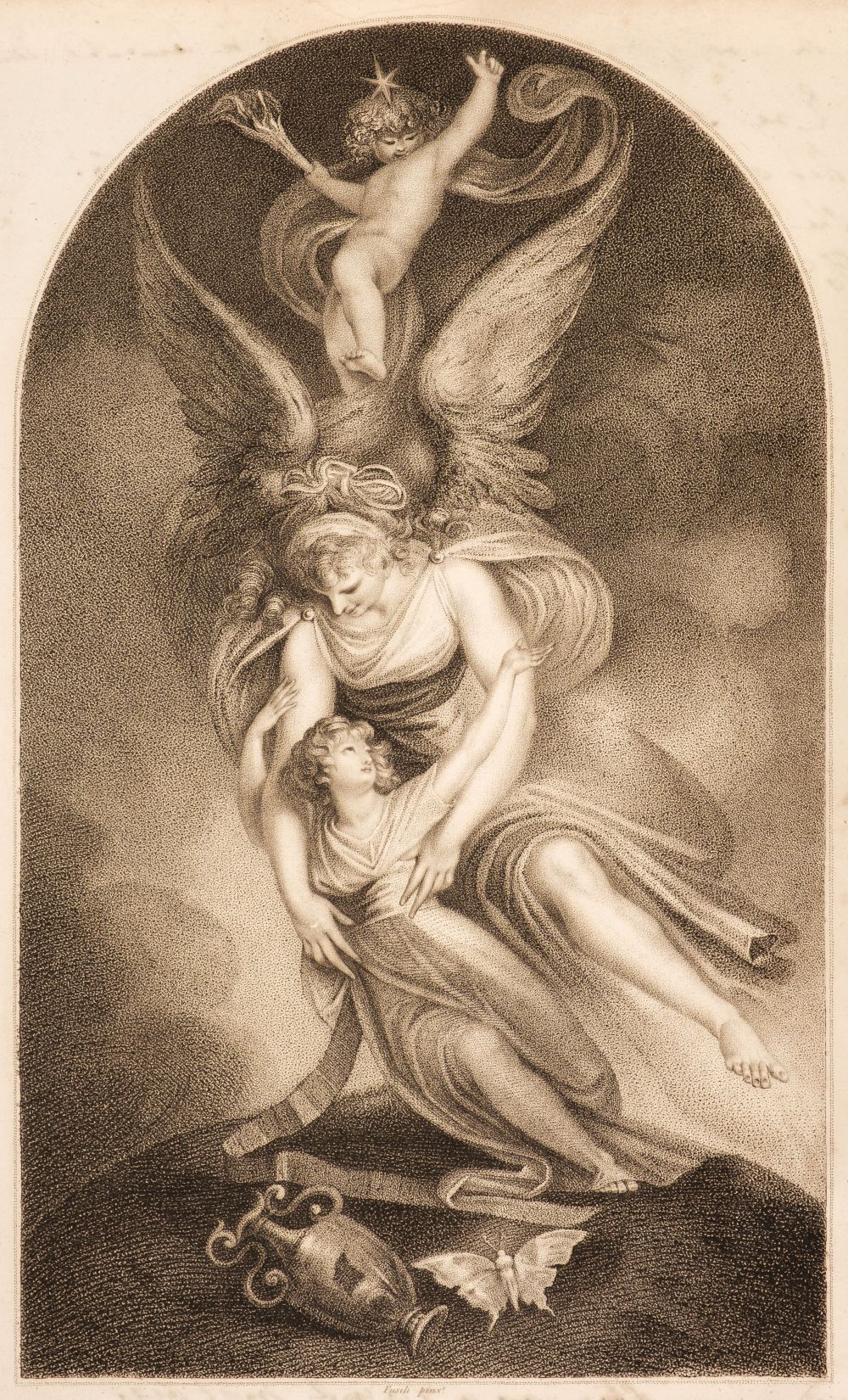
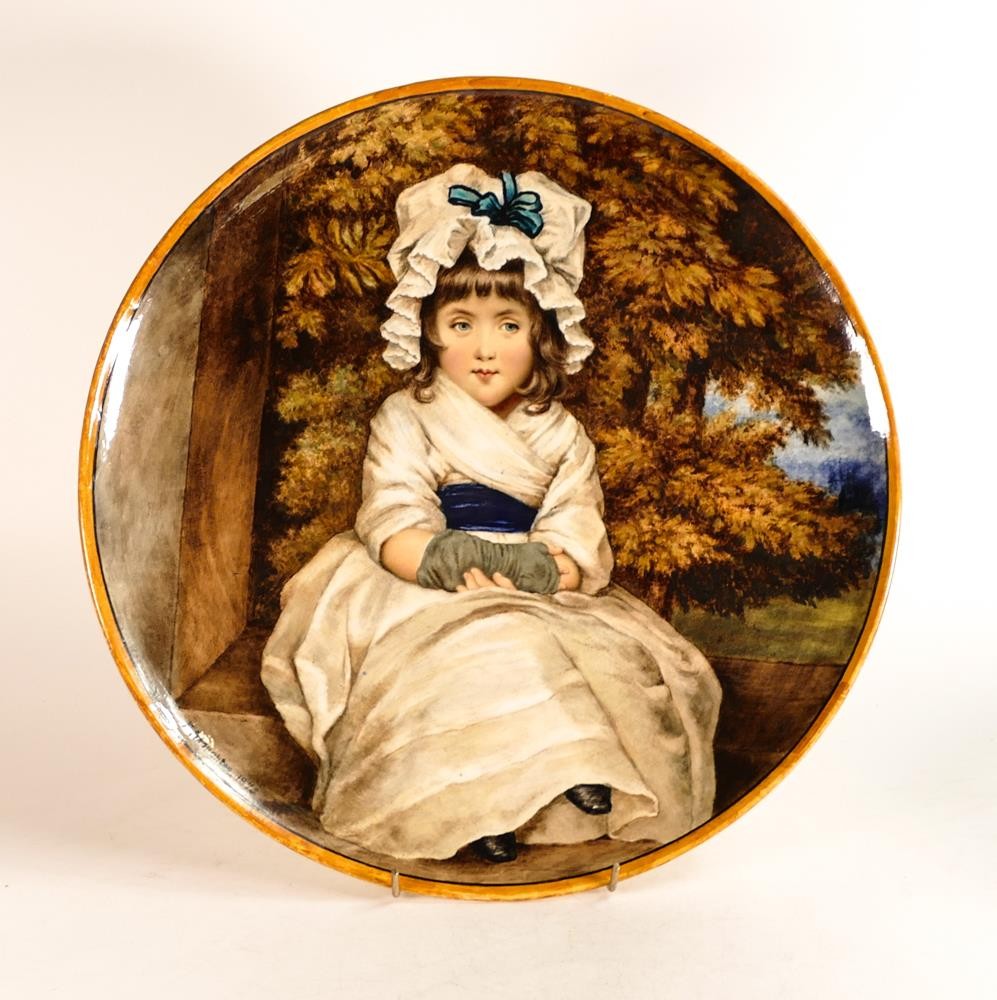


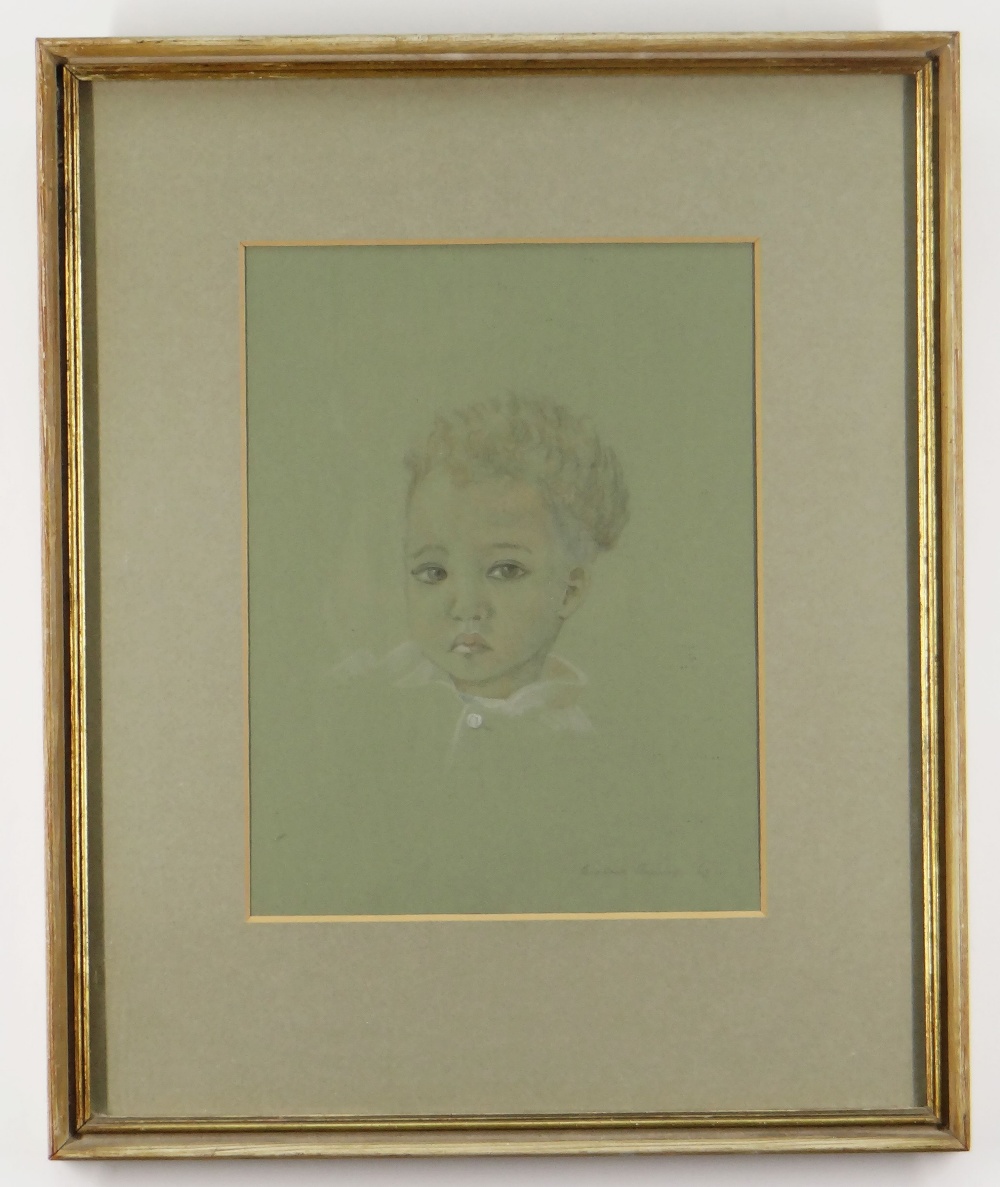

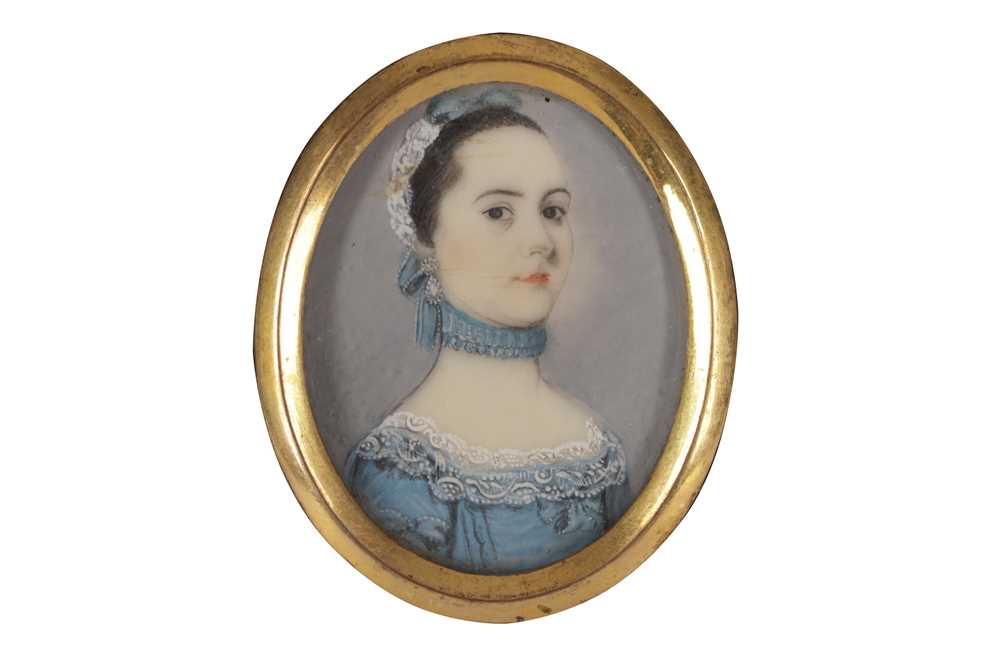




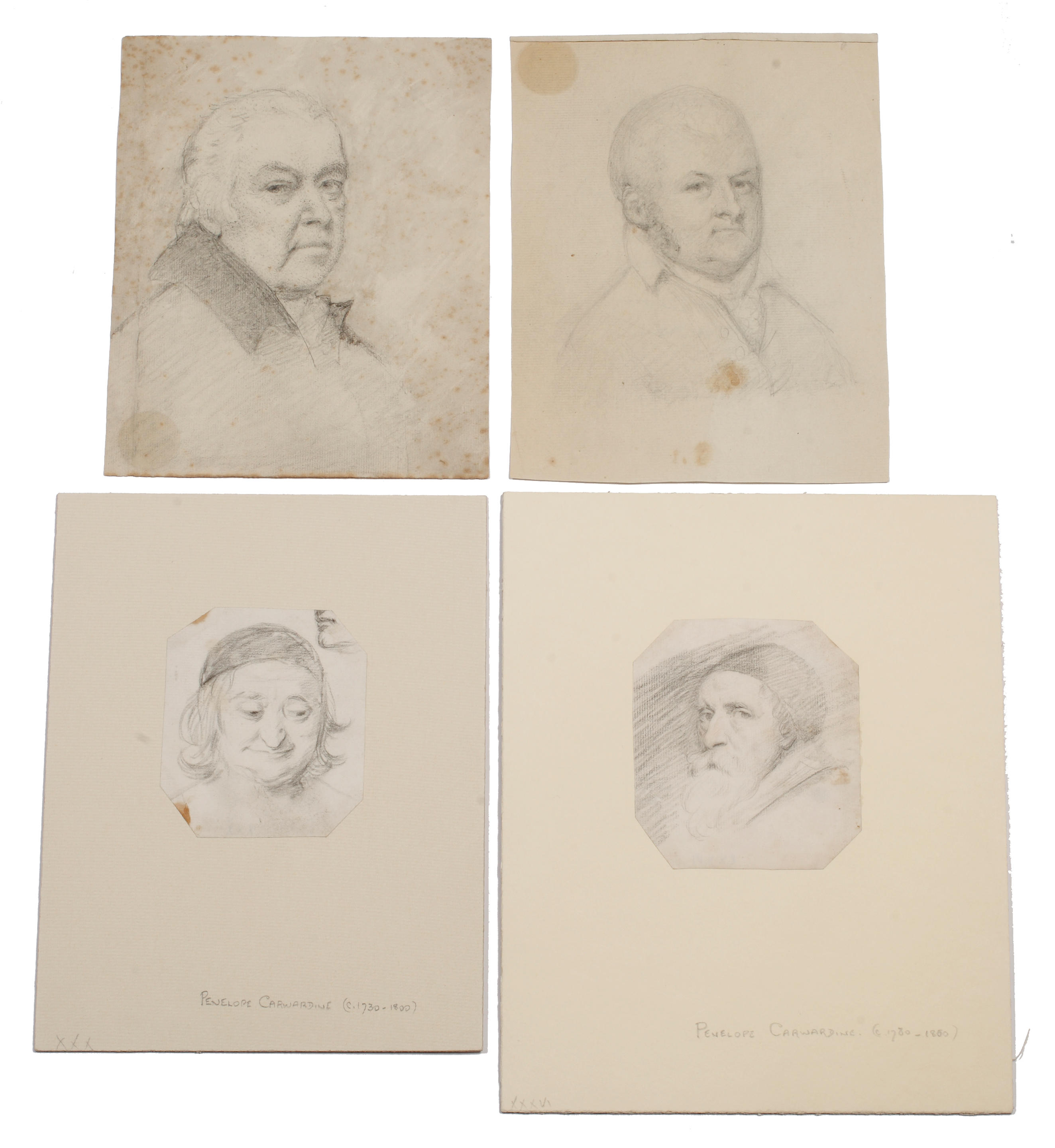



Try LotSearch and its premium features for 7 days - without any costs!
Be notified automatically about new items in upcoming auctions.
Create an alert